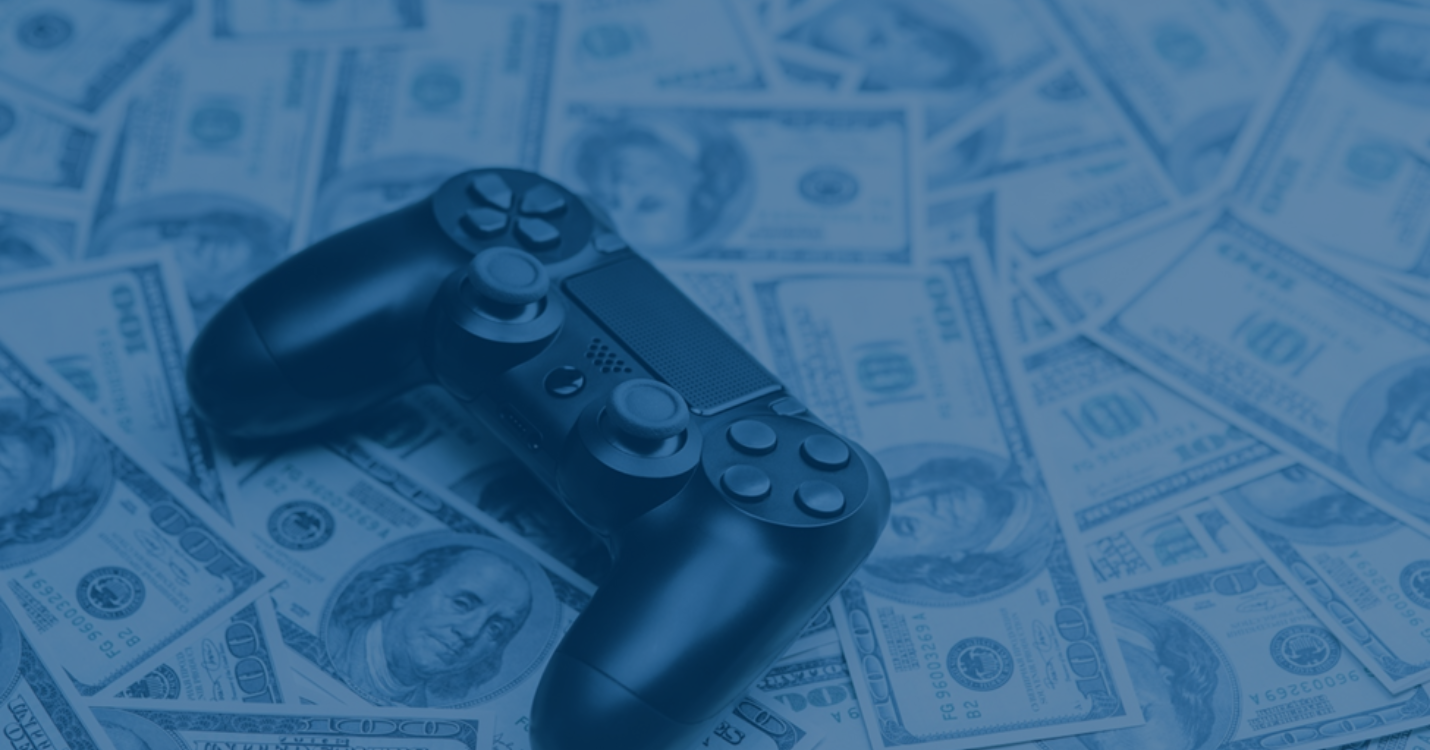Marketing

The global gaming community is growing and globalizing, which gets clearer and clearer every day. Visit your favorite sports website, and there are pages dedicated to games, gamers, and game developers. In fact, watching others play video games has become a worldwide trend. From 2019 to 2020, gaming viewers increased 18%, resulting in 1.2 billion gaming video content viewers in 2020 alone.

When you’re in the last stages of finalizing your game, there’s a lot to consider for the launch, especially when it comes to marketing. From promotional events to launch day itself, game marketing plays a huge role in the success of your game. And getting the word out about your new game through all the channels you have at your disposal takes more time than you’d think, from organizing posting schedules to liaising with influencers so you can hype your launch.

On any given day, your average player support team is likely to process a truly staggering amount of data for any number of reasons. How they leverage that data into established practices and fresh learning opportunities is the difference between an average team and a world class one.

Around 3.2 billion people around the world play video games on different platforms, such as PC, console, and mobile devices. There are also many different game genres, such as first-person shooters, real-time strategy, racing, platformers, etc., giving every player a large selection to choose the platform and games that theywant to play. As varied as they are, games have one thing in common: glitches and bugs make them less fun.

When most people think of tabletop gaming, they think of board games like Monopoly or a group of friends tossing dice around a table playing a game like Dungeons and Dragons. But what most people don’t realize is that the tabletop gaming industry has grown from family game nights into a worldwide renaissance of analog entertainment.